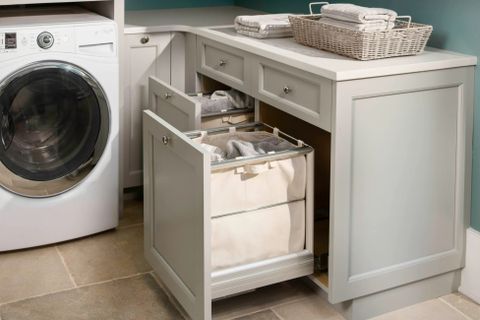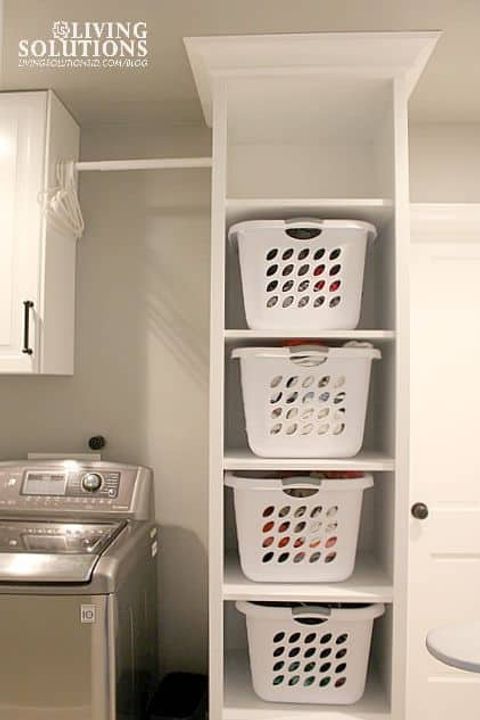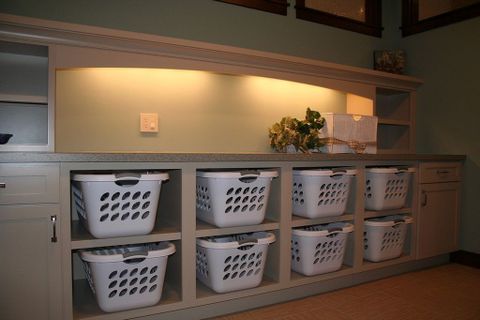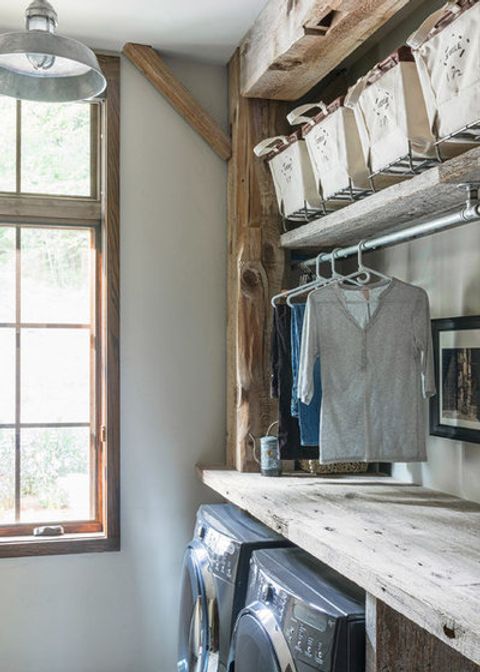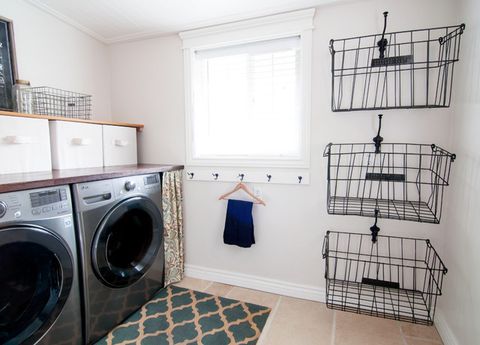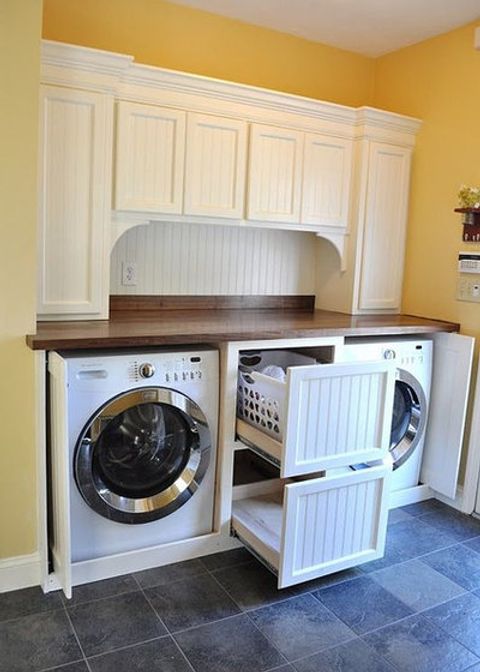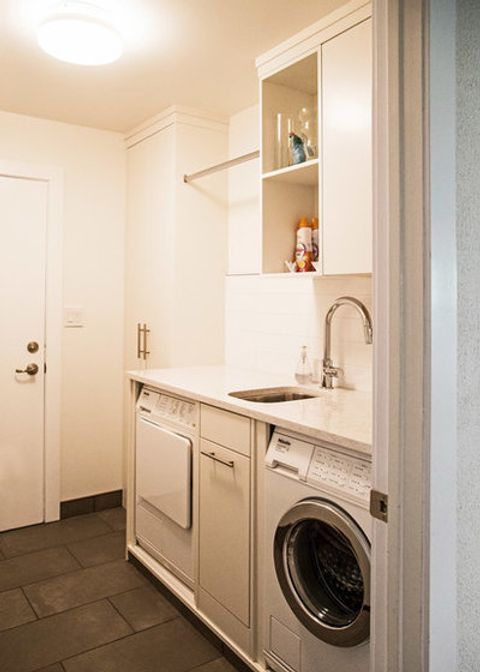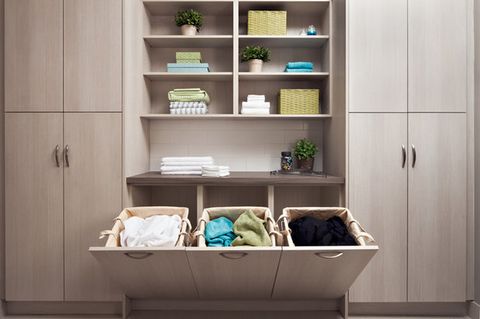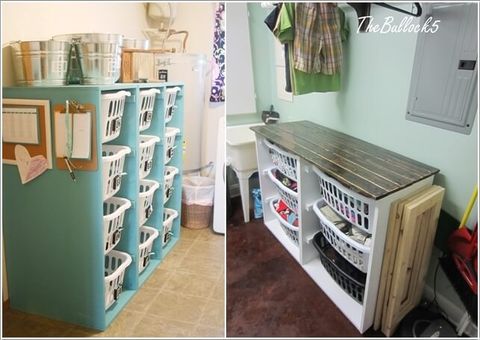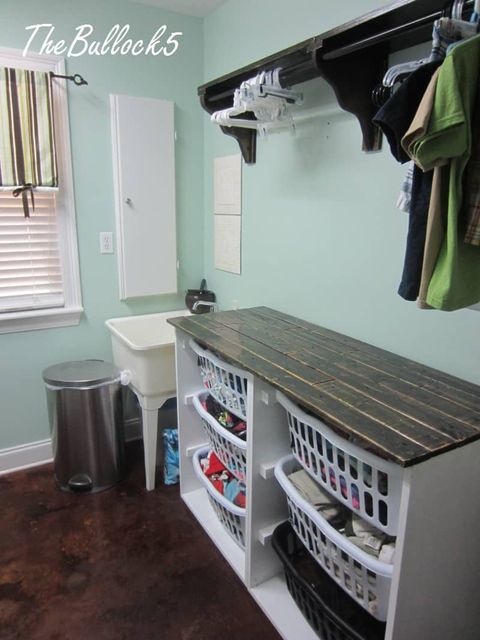We all have one, right? That trusty receptacle for our dirty clothes. But have you ever stopped to think about what your laundry hamper is really doing for you? It’s not just a place to toss your socks and shirts until wash day. It’s a silent guardian of your home’s tidiness and a crucial, though often overlooked, part of your daily routine. Let’s dive deep and truly understand the humble laundry hamper.
Think about it. The moment clothes are shed, they embark on a journey to the hamper. It’s the first stop before the washing machine, and honestly, it’s a pretty important one. A good hamper keeps your living quarters from looking like a clothing explosion happened. It contains odors, prevents tripping hazards, and generally makes your life a little bit neater. But beyond the obvious, there’s quite a bit to consider when it comes to these essential fabric-holding vessels. We’re going to explore everything from what they’re made of to how to keep them clean and functional.
Why We Need a Hamper (It’s Not Just for Looks)
At its core, a laundry hamper is about containment and organization. Without one, clothes tend to pile up on the floor, in chairs, or wherever is most convenient. This not only looks messy, but it can also create a breeding ground for dust mites and unpleasant smells. A designated hamper helps to:
- Control Odors: Especially for workout gear or damp towels, a hamper with good ventilation can significantly reduce the spread of musty smells throughout your home.
- Maintain Tidiness: A clear floor is a happy floor. Hampers keep dirty laundry out of sight and out of mind, contributing to a more serene living environment.
- Simplify Laundry Day: Knowing where all your dirty clothes are makes the task of gathering them for a wash much simpler and faster. No more hunting for that missing sock!
- Prevent Damage: Clothes left on the floor can get stepped on, snagged, or stained by spills, potentially ruining them before they even make it to the wash.
Types of Hampers: Finding Your Perfect Fit
Just like people, hampers come in all shapes and sizes, each suited for different needs and aesthetics. Understanding your options is key to choosing the one that best serves your household.
Basket Hampers
These are your classic open-top containers, often made from wicker, plastic, or metal. They’re great for airflow, which is good for preventing mildew, but they don’t hide the laundry.
Bag Hampers
These are usually made of fabric and often have a drawstring or lid to keep things contained. They can be collapsible, making them ideal for small spaces or for transporting laundry. Some even have multiple compartments for sorting.
Hamper with Lid
If you’re concerned about odors or just prefer a tidier look, a hamper with a lid is a fantastic choice. It hides the contents and helps to trap smells.
Rolling Hampers
Perfect for larger households or for those who have to carry laundry a distance, rolling hampers make transport a breeze. They often feature sturdy wheels and handles.
Built-in Hampers
Some closets or vanities come with integrated hamper solutions. These are excellent for a seamless look and maximizing space.
Material Matters: What’s Your Hamper Made Of?
The material of your hamper influences its durability, breathability, and overall aesthetic.
- Wicker and Rattan: These natural materials offer a charming, rustic look and good ventilation. However, they can be prone to snagging delicate fabrics and might require gentle cleaning.
- Plastic: Durable, easy to clean, and often inexpensive, plastic hampers are a practical choice. Look for ones with perforations for better airflow.
- Fabric (Canvas, Nylon, Polyester): These are lightweight and often collapsible. They can be machine washable themselves, which is a huge plus. Canvas is particularly sturdy.
- Metal: Sleek and modern, metal hampers can be very durable. Wire designs offer excellent ventilation, while solid ones might be easier to wipe down.
- Wood: Less common, wooden hampers can add a touch of elegance but might require more care to prevent moisture damage.
Keeping it Clean: Hamper Hygiene 101
A dirty hamper can actually make your laundry smell worse and can even harbor bacteria. Yes, even the hamper itself needs a good scrub now and then!
- Regular Cleaning: Aim to clean your hamper at least once a month, or more often if you notice odors.
- Empty It Out: Start by completely emptying the hamper.
- Wipe Down: For plastic, metal, or wood hampers, a good wipe-down with a damp cloth and some mild soap or a disinfectant spray is usually sufficient. Make sure to dry it thoroughly.
- Fabric Hampers: Many fabric hampers can be machine washed. Check the care label. If it’s not machine washable, a good spot clean with a fabric cleaner should do the trick.
- Deodorizing: For persistent odors, sprinkle baking soda at the bottom of the hamper and let it sit for a few hours before cleaning. You can also place a sachet of dried lavender or cedar chips inside to help absorb smells.
Hamper Placement: Where Does it Belong?
The location of your hamper can make a surprising difference in how effectively it’s used.
- Bedroom: This is the most common spot, convenient for shedding clothes after a long day or before bed. Placing it near the closet or dresser makes sense.
- Bathroom: If space allows, a small hamper in the bathroom is handy for towels and robes. Ensure it has good ventilation to combat humidity.
- Laundry Room: If you have a dedicated laundry space, having a hamper there can streamline the washing process even further.
Consider accessibility and how often you’ll be using it when deciding on the best spot. And remember, if it’s in a high-traffic area, you might want to opt for a more aesthetically pleasing model or one with a lid.
Beyond the Basics: Hamper Hacks and Considerations
Let’s get a little more advanced. Thinking about your hamper can actually improve your whole laundry system.
- Multiple Hampers: For larger homes or families, consider having more than one hamper. You could have one in each bedroom and a larger one in the laundry area. Some people even use multiple hampers for sorting lights, darks, and delicates right from the start. This saves time and prevents color bleeding.
- Smart Hampers: Yes, they exist. Some smart hampers can track how full they are and even remind you when it’s time to do a load. A bit of a novelty, perhaps, but they show how much innovation is touching even the most basic household items.
- Ventilation is Key: If your hamper is in a damp environment like a basement laundry room or a steamy bathroom, prioritize a hamper with plenty of air holes or one made of breathable material. This is crucial for preventing mildew and that dreaded musty smell.
- Size Matters: Don’t underestimate the importance of size. A hamper that’s too small will overflow quickly, defeating the purpose of organization. Measure your space and your typical laundry output to choose wisely.
So, the next time you toss a shirt into your laundry hamper, take a moment to appreciate its role. It’s a small item, sure, but it contributes significantly to a cleaner, more organized, and more pleasant living space. By understanding the different types, materials, and maintenance needs, you can ensure your hamper is not just a container, but a true ally in keeping your home running smoothly. Choose wisely, clean it often, and let it do its quiet, important work. Your home will thank you for it.

